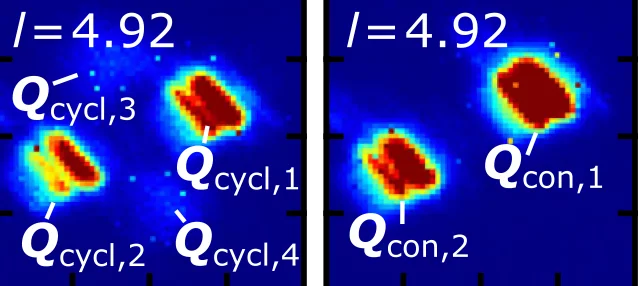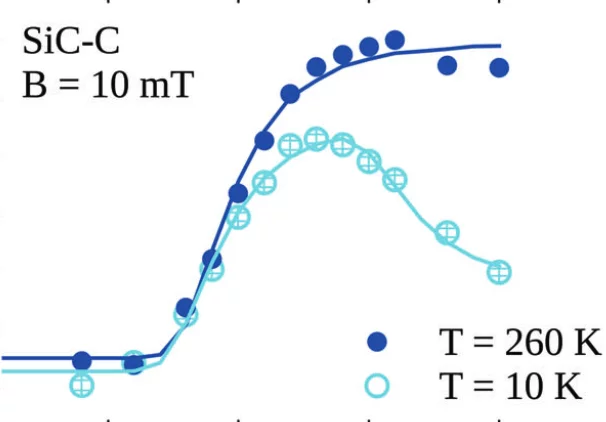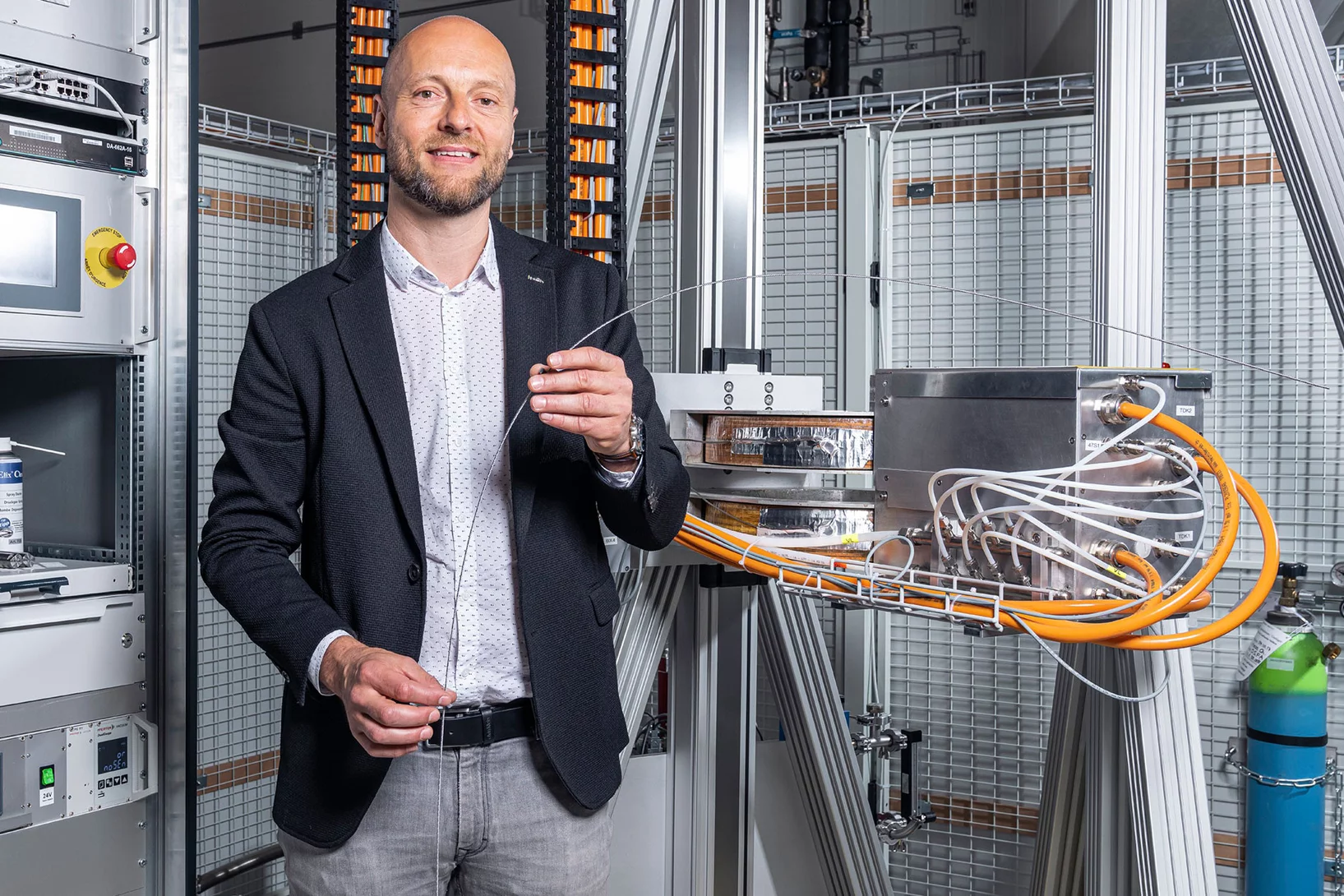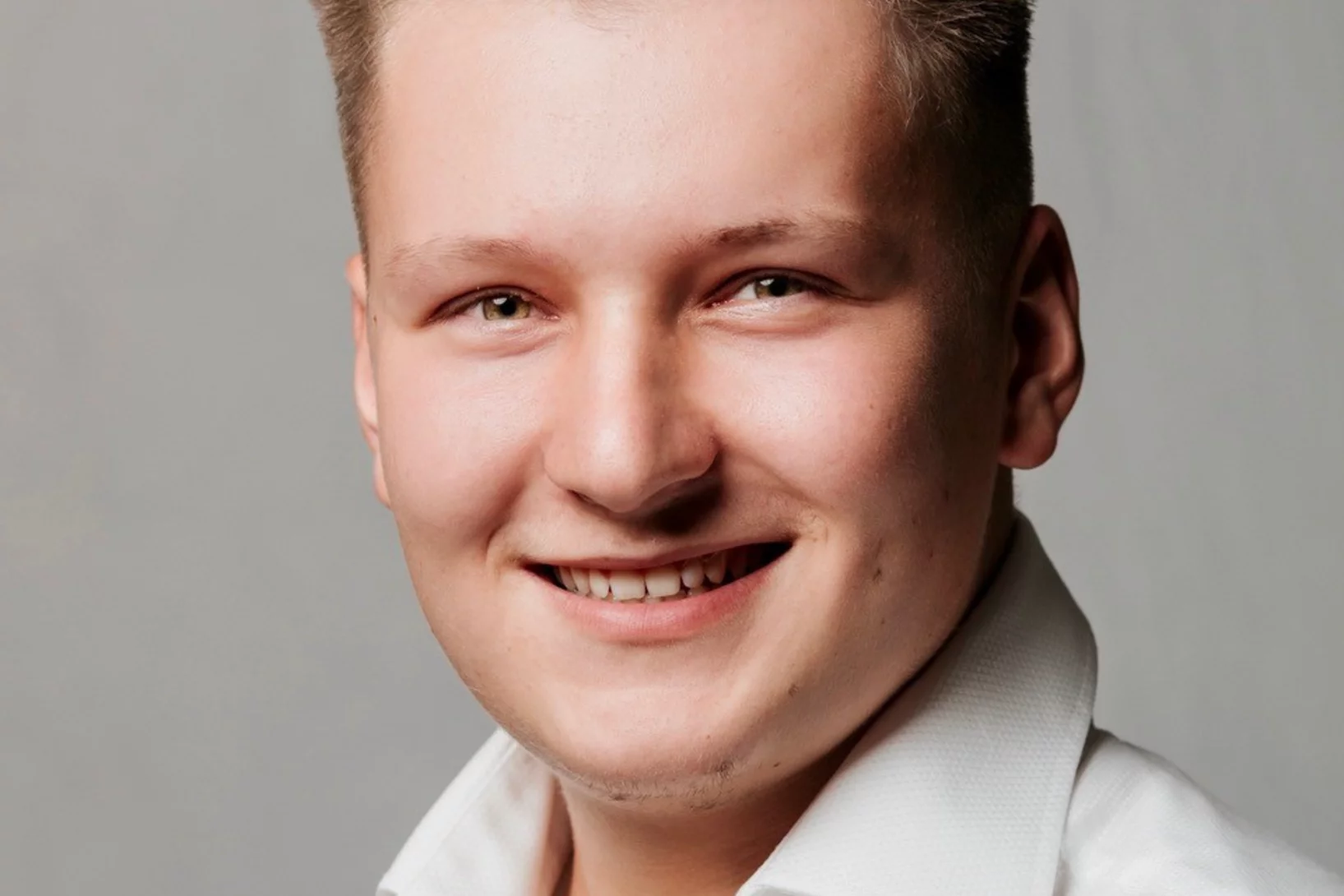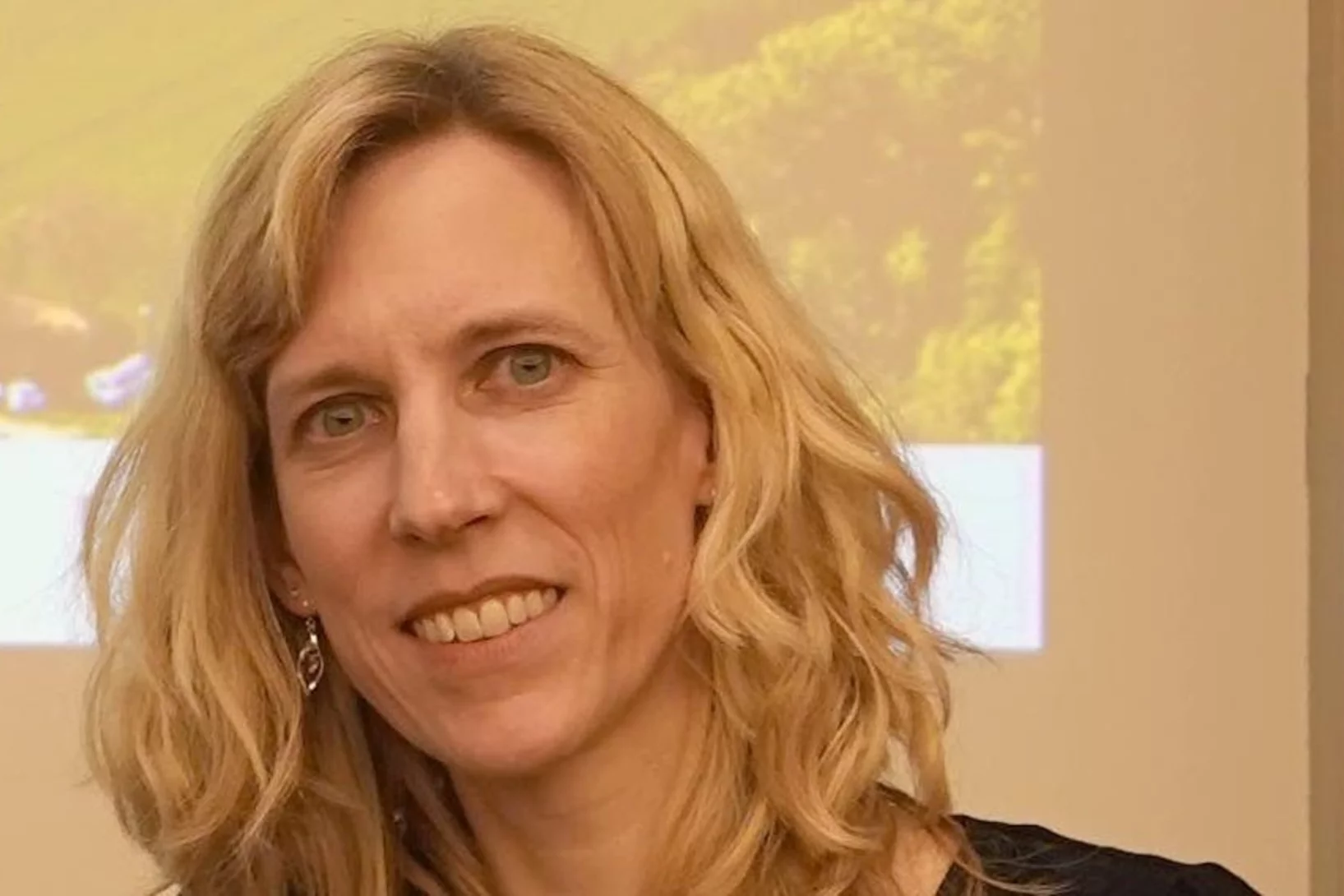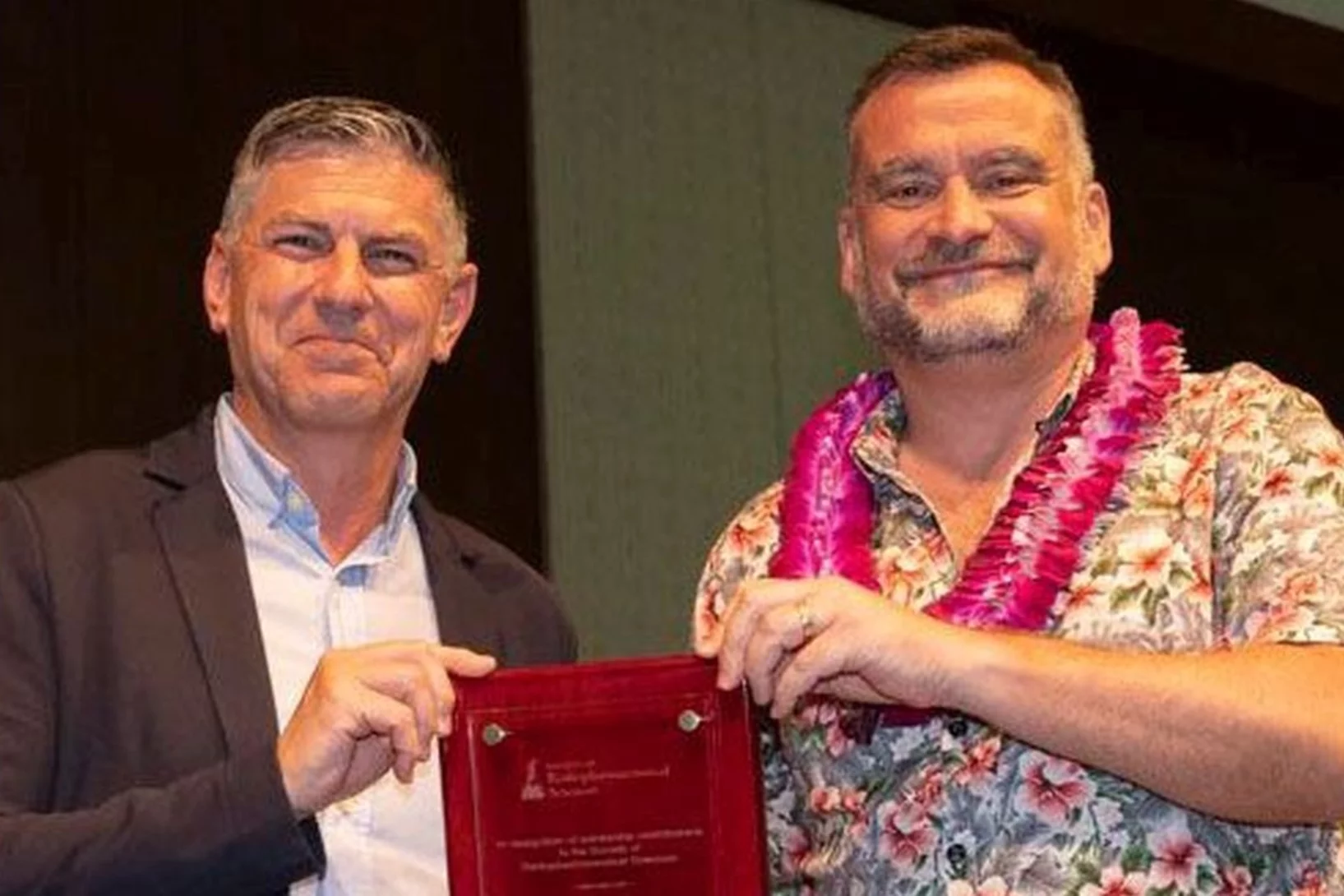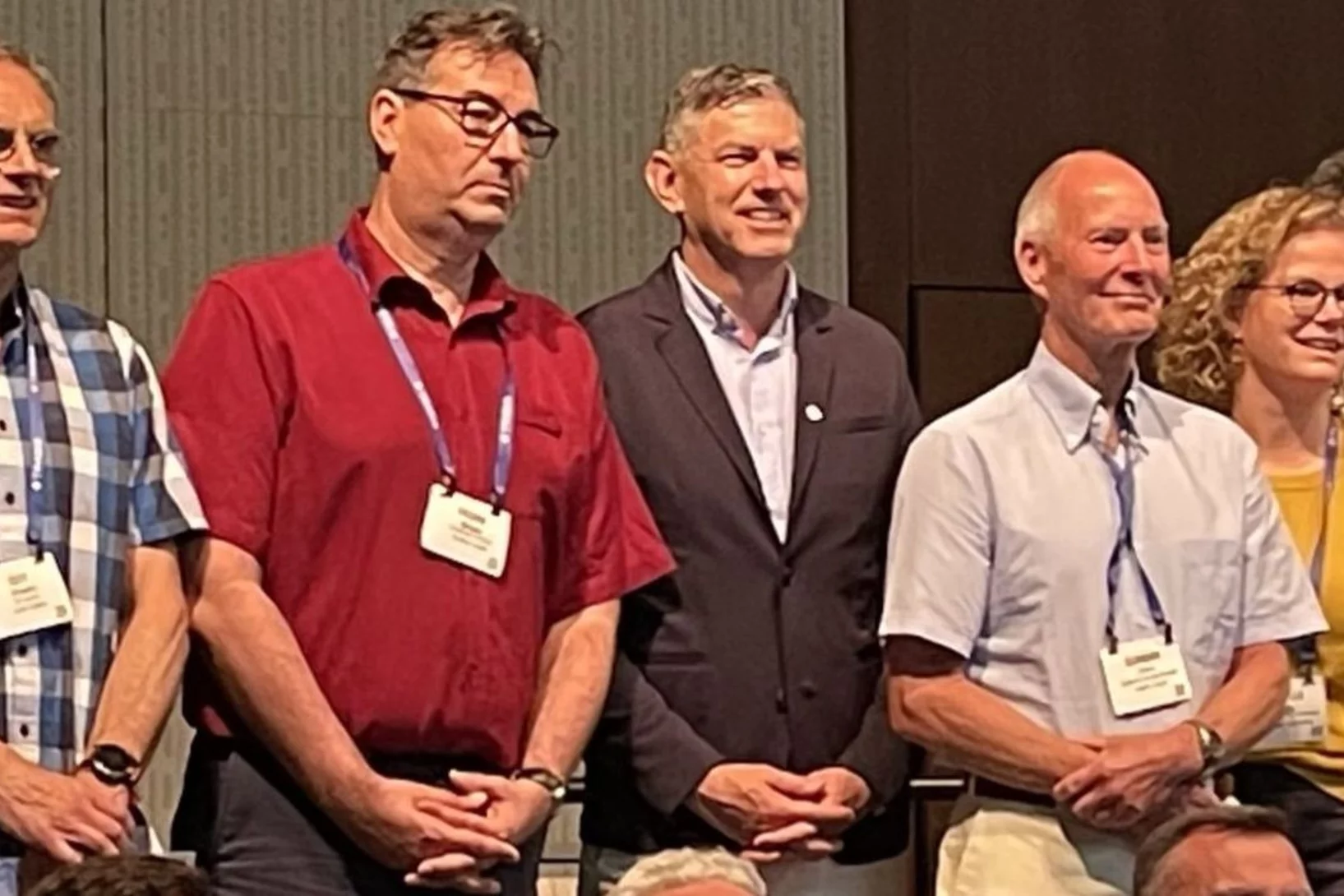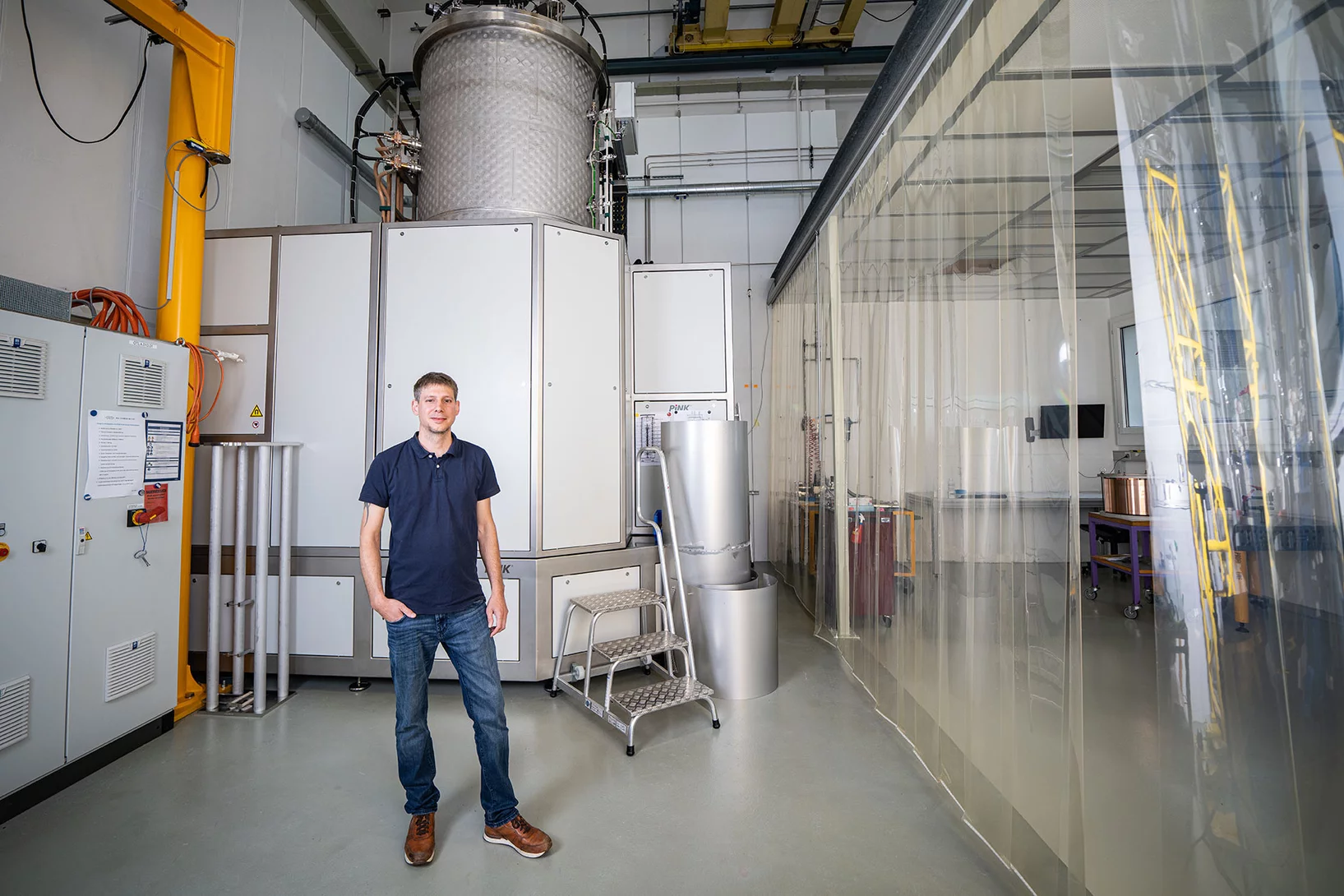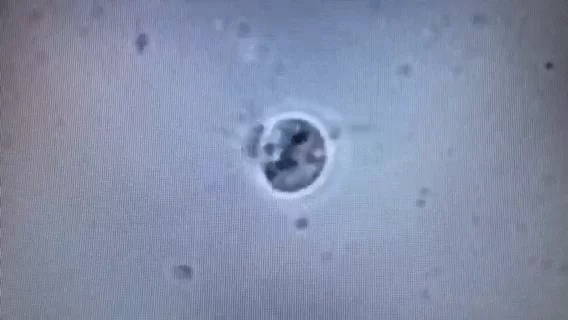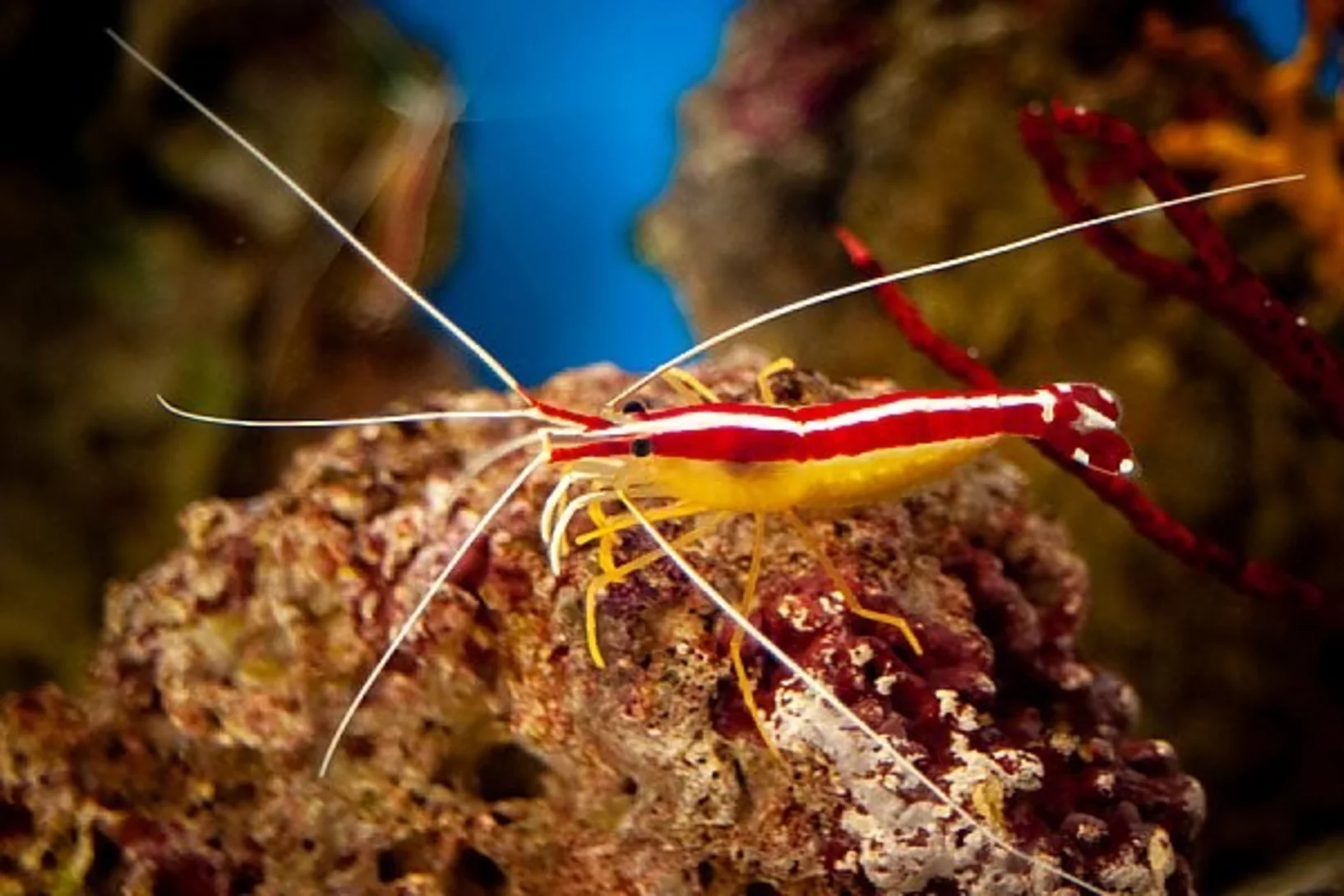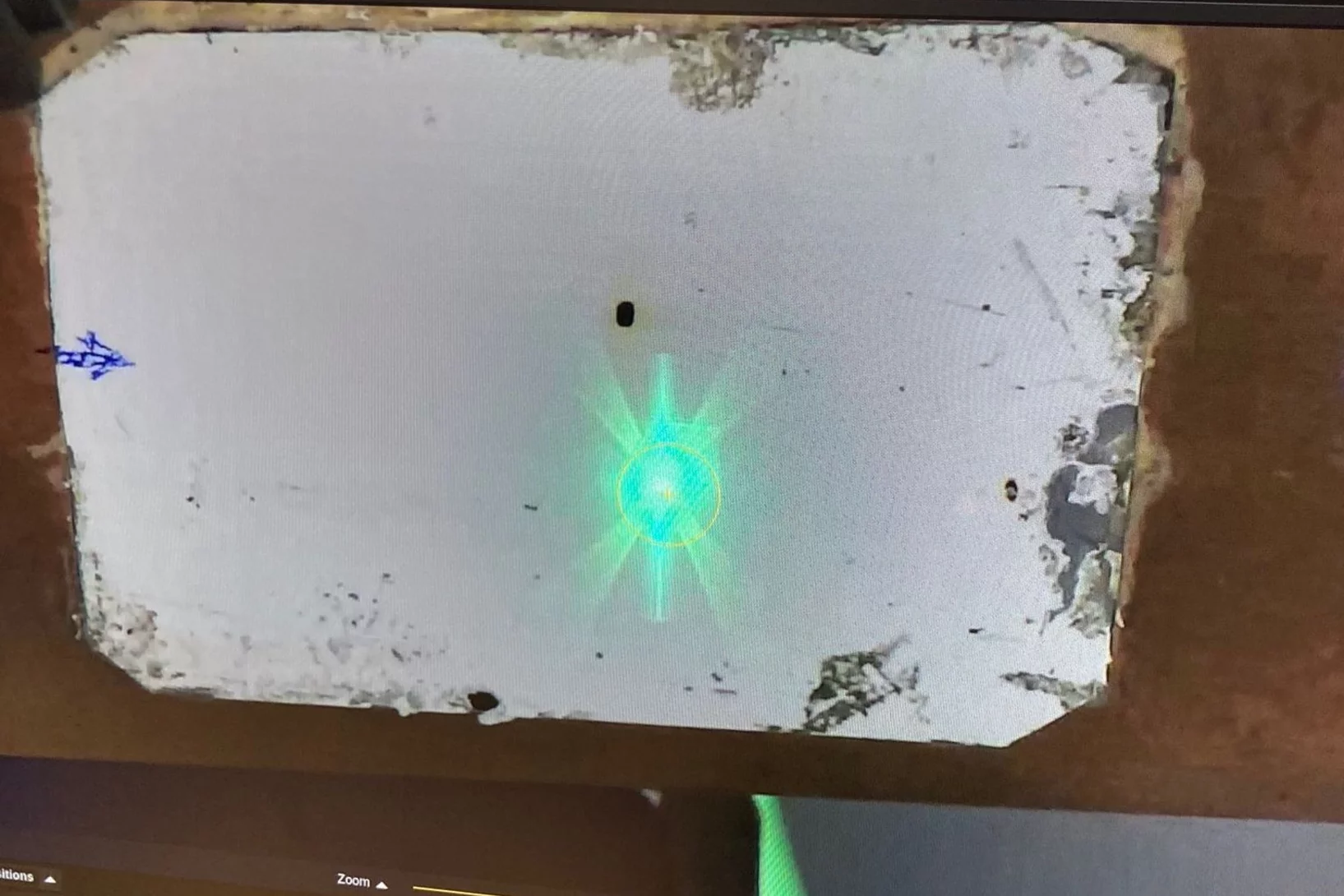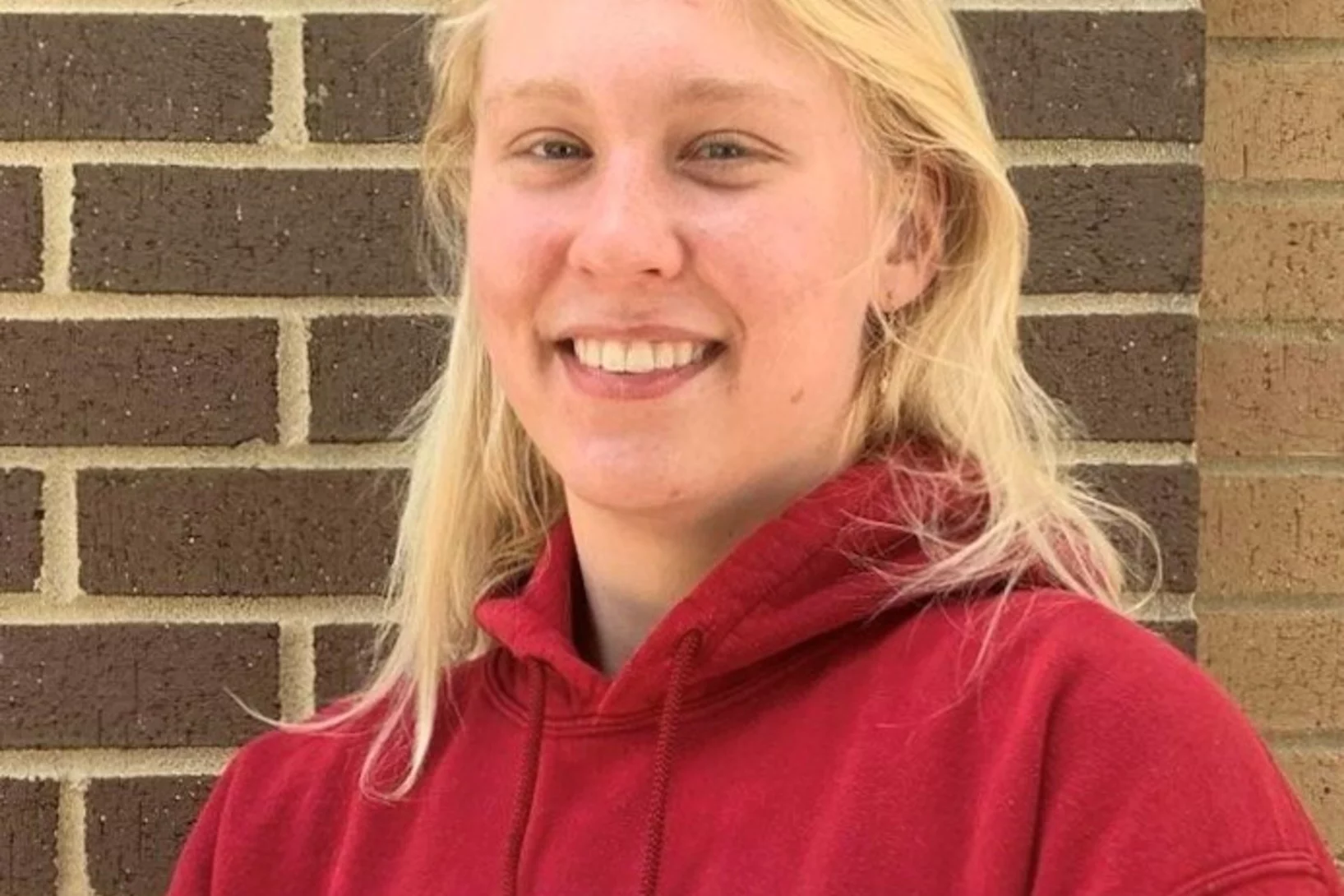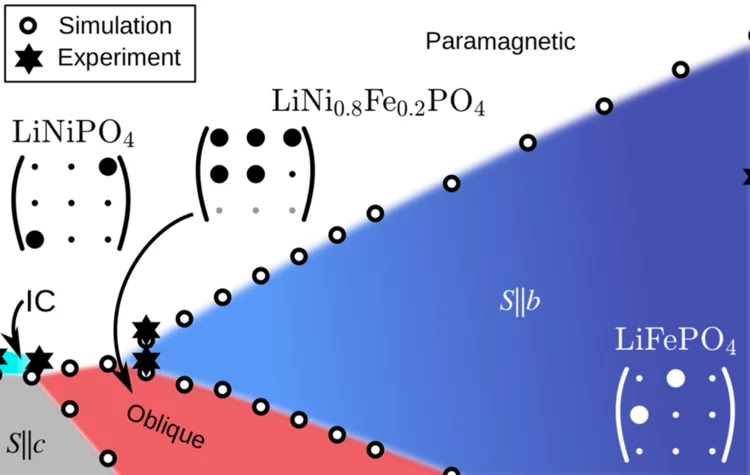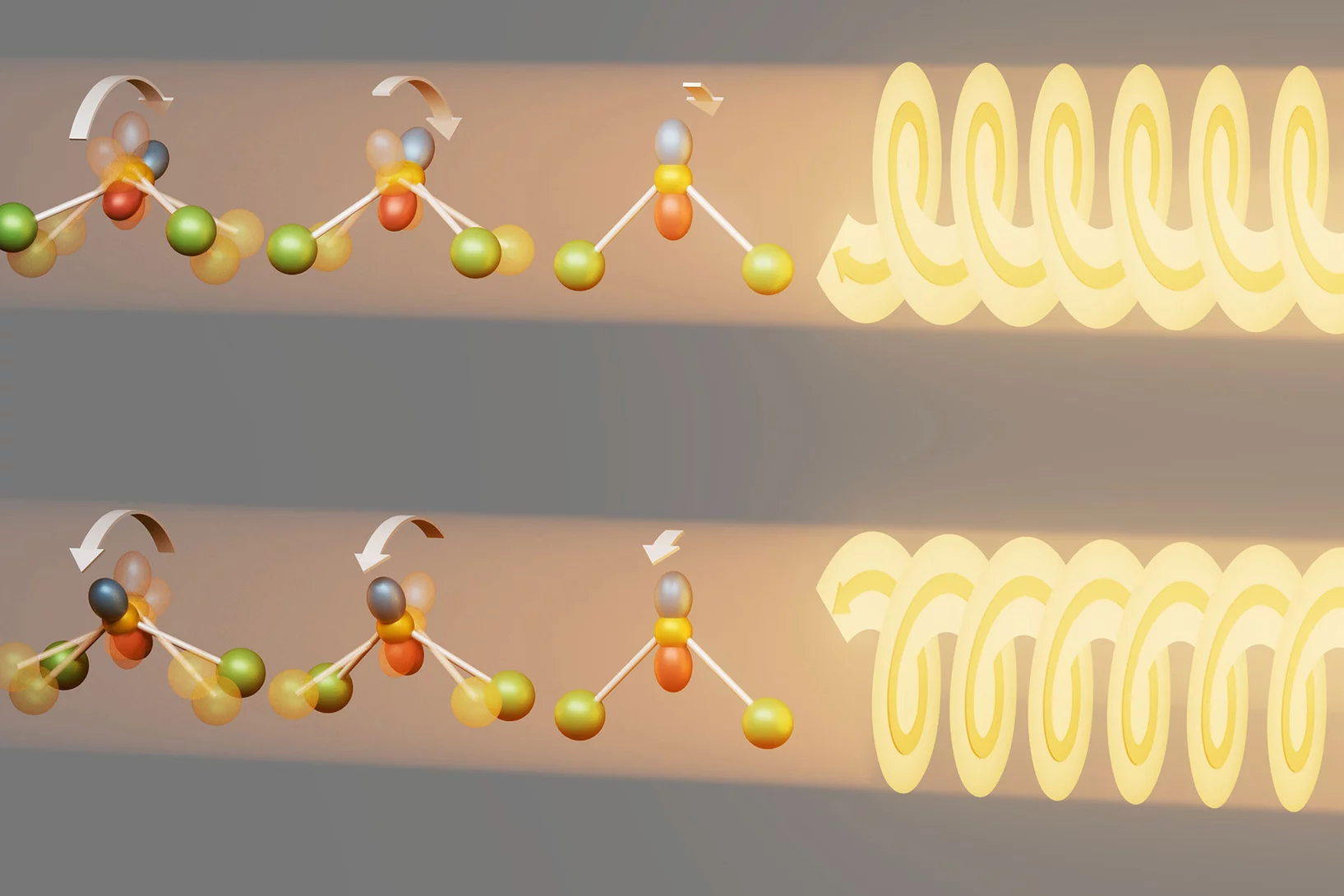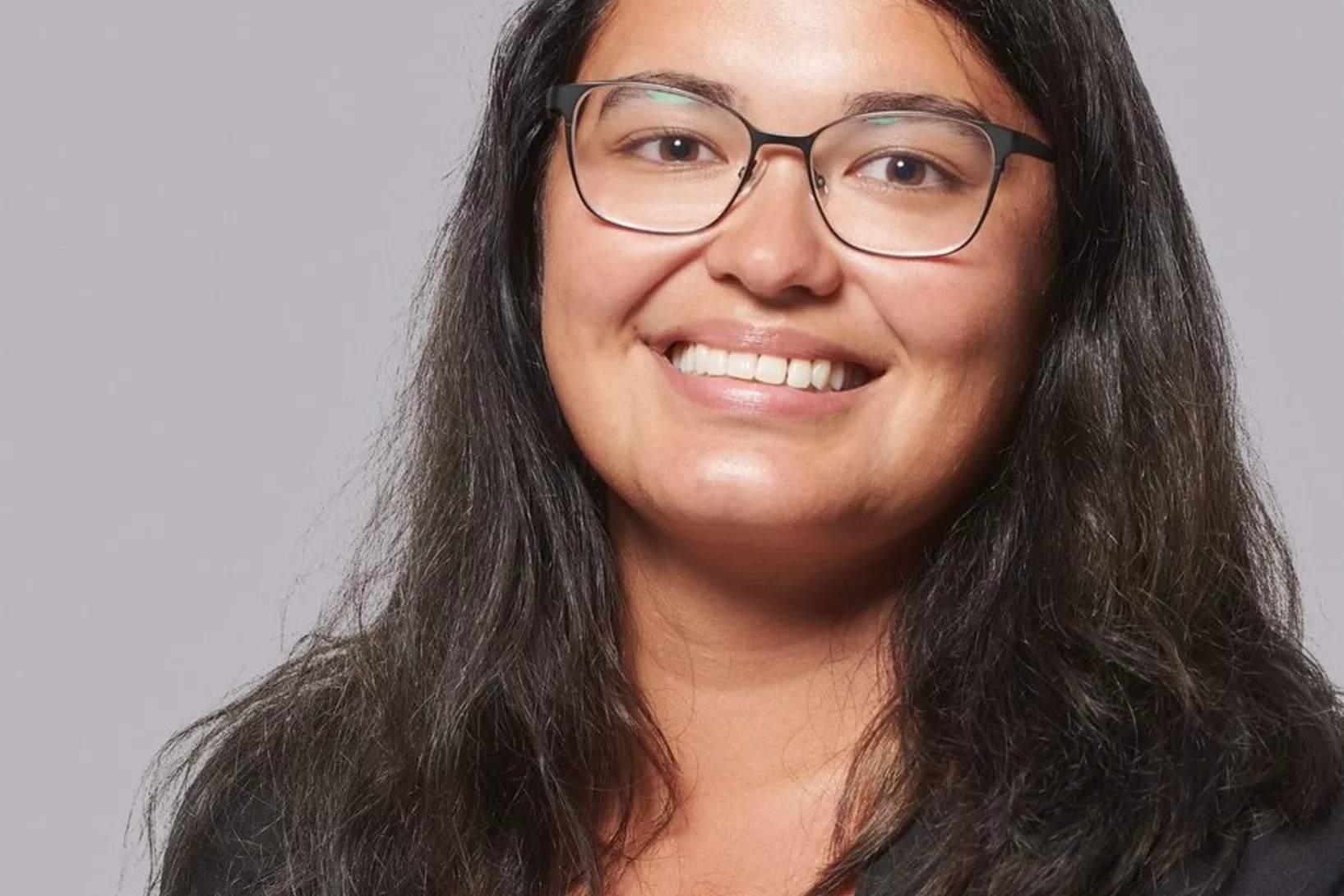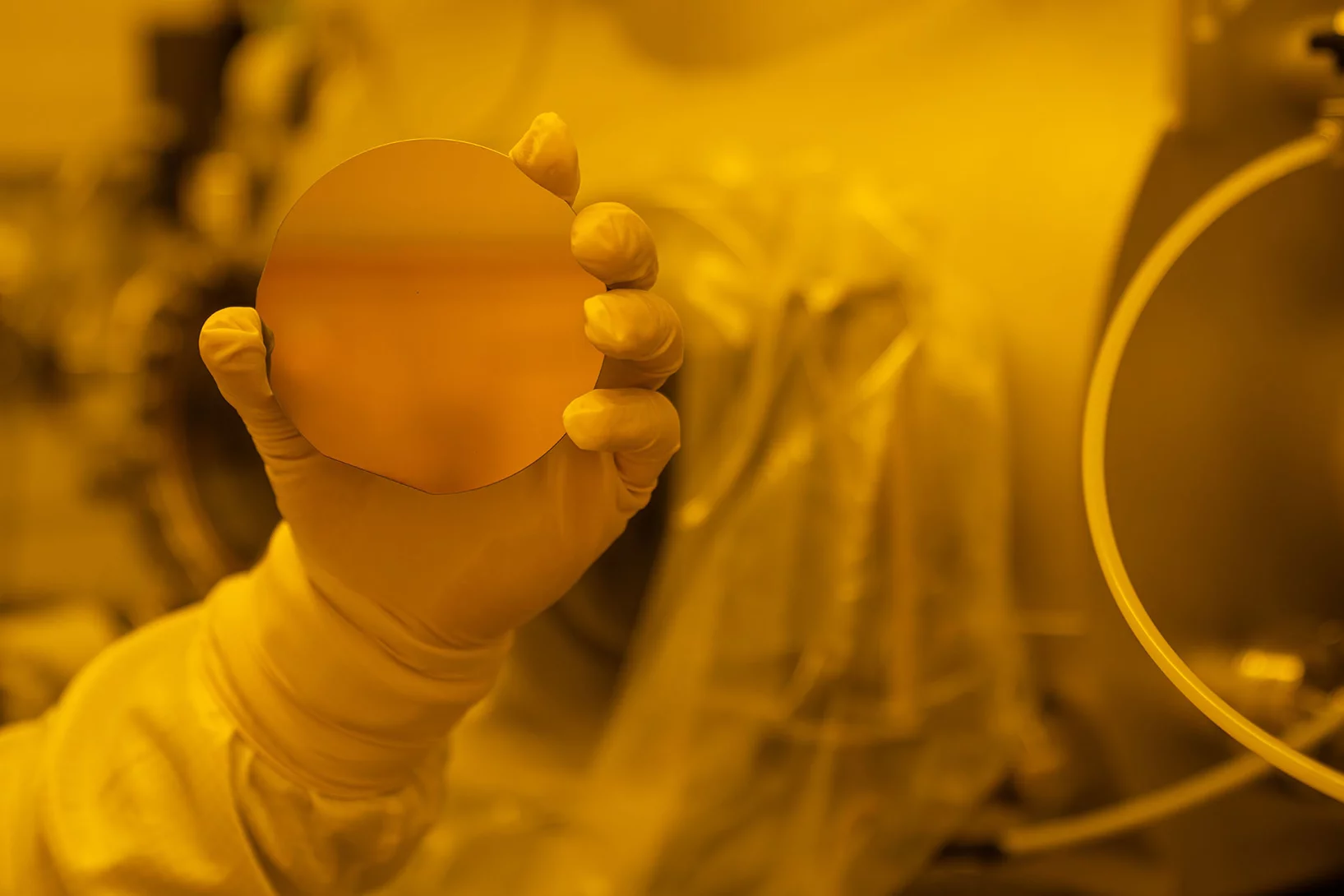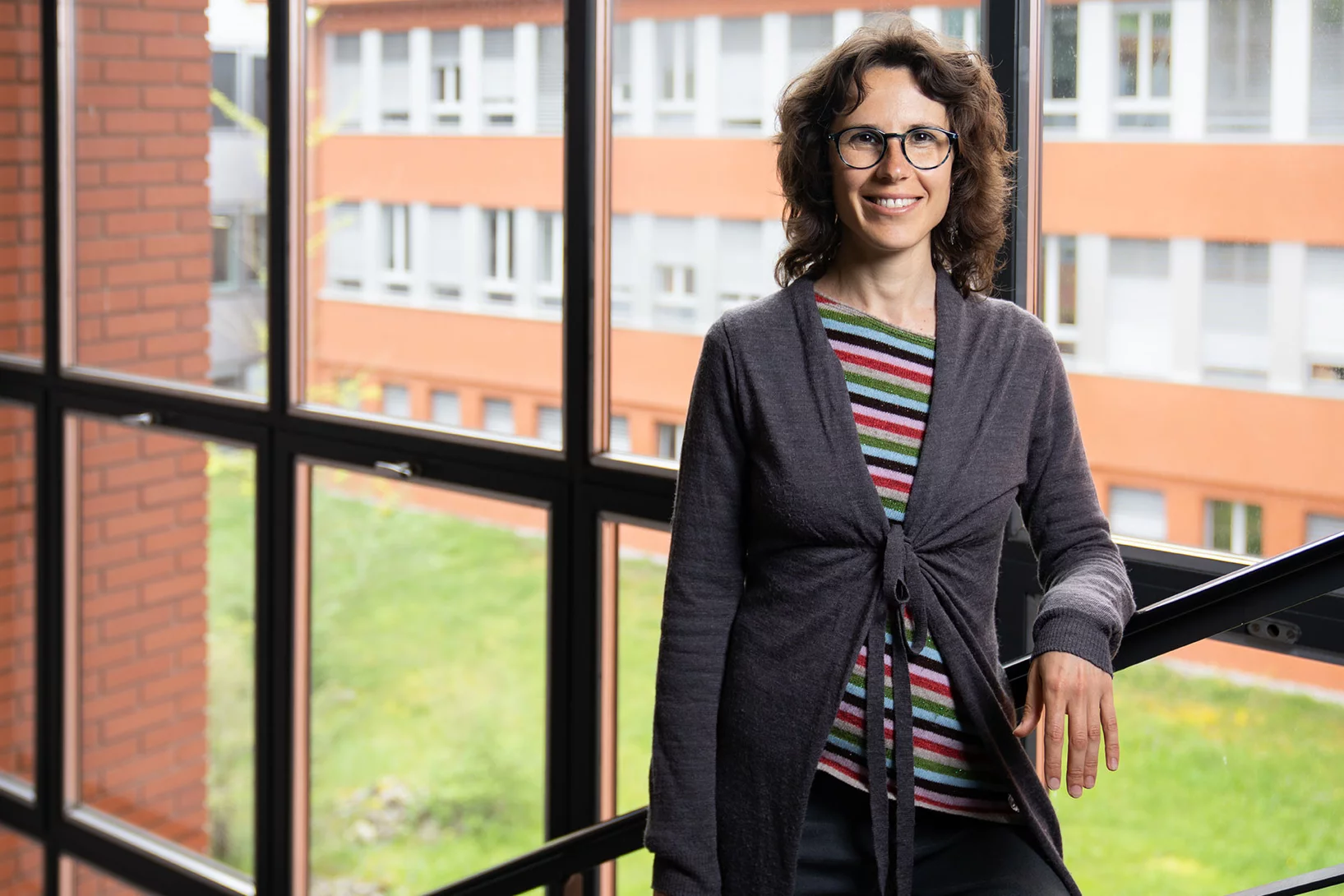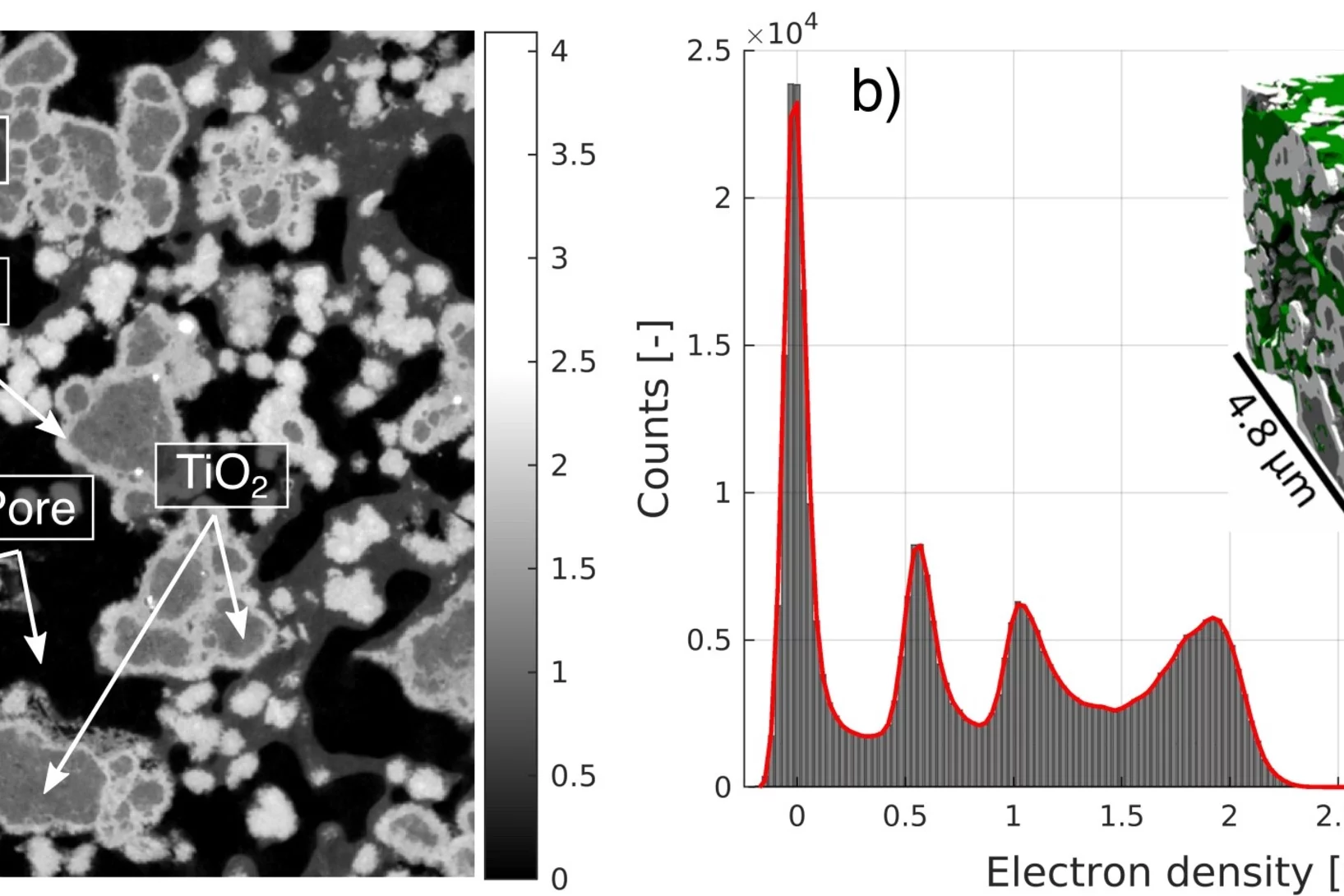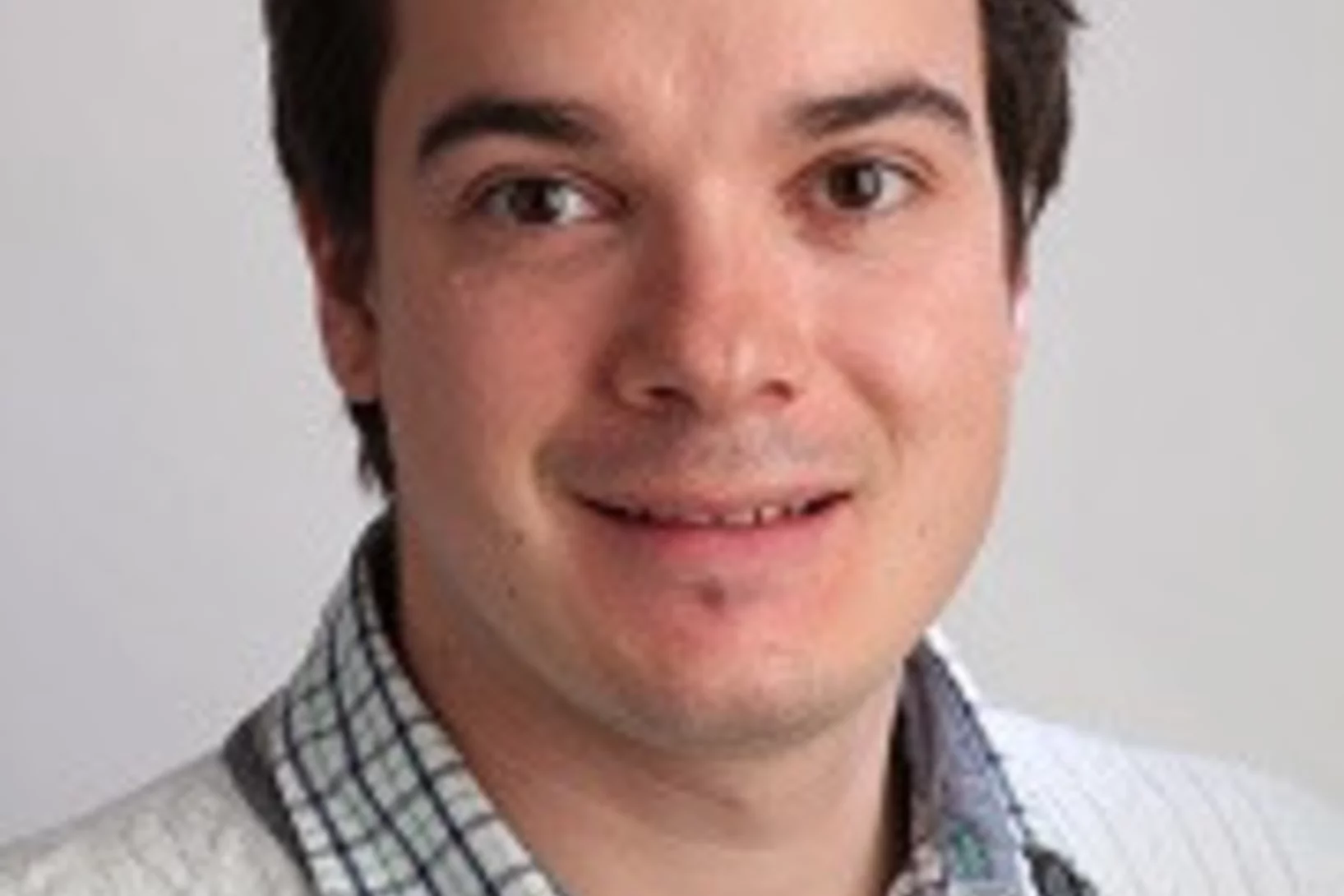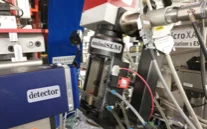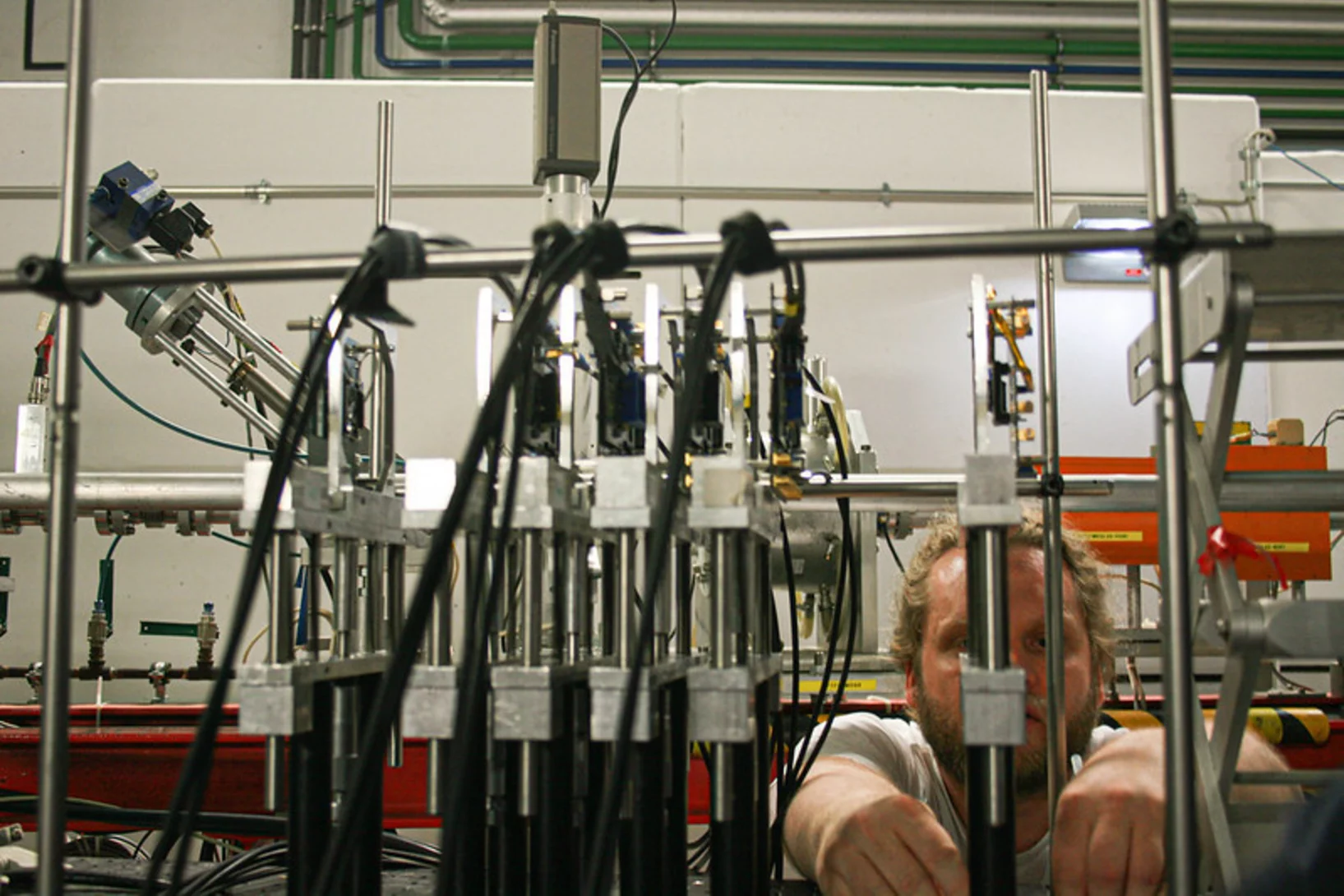Resonant Elastic X-Ray Scattering of Antiferromagnetic Superstructures in EuPtSi3
We report resonant elastic x-ray scattering of long-range magnetic order in EuPtSi3, combining different scattering geometries with full linear polarization analysis to unambiguously identify magnetic scattering contributions. At low temperatures, EuPtSi3 stabilizes type A antiferromagnetism featuring various long- wavelength modulations. For magnetic fields applied in the hard magnetic basal plane, well-defined regimes of cycloidal, conical, and fanlike superstructures may be distinguished that encompass a pocket of commensurate type A order without superstructure.
Defect Profiling of Oxide-Semiconductor Interfaces Using Low-Energy Muons
Muon spin rotation with low-energy muons (LE-μSR) is a powerful nuclear method where electrical and magnetic properties of surface-near regions and thin films can be studied on a length scale of ≈200 nm. This study shows the potential of utilizing low-energy muons for a depth-resolved characterization of oxide-semiconductor interfaces, i.e., for silicon (Si) and silicon carbide (4H-SiC). The performance of semiconductor devices relies heavily on the quality of the oxide-semiconductor interface; thus, investigation of defects present in this region is crucial to improve the technology.
Collaboration meeting in Bristol
The Mu3e collaboration met st the University of Bristol for three days in June. We discussed the production and assembly of the detector with a focus on the outer pixel layers and the software, firmware and infrastructure needed for the commissioning.
Eine Metalllegierung wie ein Schwamm
Wenn die Vakuumkammern für das Upgrade SLS 2.0 die richtige Form haben, brauchen sie noch eine besondere Oberflächen-Beschichtung.
Welcome to LXN Denis Hnidenko
Herzlich Willkommen Denis Hnidenko in LXN!
ETH Rat promotes PD Dr. Cristina Müller to the rank of a Titular Professor of the ETH Zurich
Professor Dr. Cristina Müller.
Prof. Roger Schibli was awarded an Honorary Fellow of the Society of Radiopharmaceutical Sciences (SRS)
Prof. Roger Schibli was awarded an Honorary Fellow of the Society of Radiopharmaceutical Sciences (SRS) “in recognition of substantial contribution to the SRS”.
Prof. Roger Schibli is selected a Board Member of the Society of Radiopharmaceutical Sciences
Prof. Roger Schibli (third person from the left).
Shea Distinguished Member Award of IEEE NPSS to Stefan Ritt
The Nuclear & Plasma Sciences Society of IEEE acknowledges the outstanding contributions of Dr. Stefan Ritt in terms of technological developments and services to the NPSS community with the 2023 Richard F. Shea Distinguished Member Award.
Ein sechs Meter hoher Ofen
In der Werkstatt des PSI werden die kompliziertesten Ausführungen der Vakuumkammern für das Upgrade-Projekt SLS 2.0 hergestellt.
Hairy cells: How cilia’s motor works
Understanding this motion may help to tackle health problems that affect cilia, which range from fertility issues to lung disease and COVID-19.
Bright white coloring of Pacific cleaner shrimp revelead
In a study published in Nature Photonics, researchers at the Ben-Gurion University of the Negev, Israel, explain the bright, white-colored stripes from Pacific cleaner shrimps, one of the most efficient white reflectors found in nature.
Progress of the X06DA-PXIII beamline upgrade: First light in the optics hutch
On June 7, 2023, the PXIII project team successfully shone the first light into the optics hutch at the upgraded X06DA-PXIII beamline. It is an essential first step for testing new hardware and software solutions that will be implemented at SLS2.0.
Tender X-rays show how one of nature’s strongest bonds breaks
Short flashes of an unusual kind of X-ray light at SwissFEL and SLS bring scientists closer to developing better catalysts to transform the greenhouse gas methane into a less harmful chemical.
Wie lässt sich erneuerbarer Strom ganzjährig nutzen?
Die Energiestrategie 2050 des Bundes sieht einen starken Ausbau von Photovoltaikanlagen vor. Doch woher nehmen wir unseren Strom, wenn die Sonne nicht scheint? Wasserstoff könnte eine Lösung sein.
Welcome to LXN Savanna Coffel
Herzlich Willkommen Savanna Coffel in LXN!
500 Vakuumkammern für den neuen Ring
Wie die Röhre entsteht, durch die nach dem Upgrade-Projekt SLS 2.0 die Elektronen sausen werden.
Tuning magnetoelectricity in a mixed-anisotropy antiferromagnet
Control of magnetization and electric polarization is attractive in relation to tailoring materials for data storage and devices such as sensors or antennae. In magnetoelectric materials, these degrees of freedom are closely coupled, allowing polarization to be controlled by a magnetic field, and magnetization by an electric field, but the magnitude of the effect remains a challenge in the case of single-phase magnetoelectrics for applications.
Veranstaltung: «LGBTQIA+ am Arbeitsplatz - mehr Inklusion, mehr Innovation, mehr Erfolg»
Anlässlich des Pride-Monates Juni haben die Forschungsinstitute PSI, Empa, Eawag und WSL die drei Gäste eingeladen: Prof. Dr. Andrea Gurtner, Prof. Michael Ramsey-Musolf und Dr. Aswathi Kanjampurath Sivan. Wir freuen uns auf die neuesten Erkenntnisse und einen regen Austausch mit den drei Gästen und den Teilnehmenden!
Mirror, mirror on the wall…
…. Now we know there are chiral phonons for sure
A compact gas attenuator for the SwissFEL ATHOS beamline realized using additive manufacturing
Gas attenuators are important devices providing accurate variation of photon intensity for soft X-ray beamlines. In the SwissFEL ATHOS beamline front-end the space is very limited and an innovative approach has been taken to provide attenuation of three orders of magnitude up to an energy of 1200 eV. Additive manufacturing of a differential pumping system vacuum manifold allowed a triple pumping stage to be realized in a space of less than half a meter. Measurements have shown that the response of the device is as expected from theoretical calculations.
PSI Alumni Karrieren: Gesara Bimashofer – von der Doktorandin bei NUM zur Beraterin bei der APP Unternehmensberatung AG
Der PSI Career Blog stellt PSI Alumni und ihre Karrierewege vor, um die Vielseitigkeit der PSI-Gemeinschaft zu zeigen, und die nächste Generation zu inspirieren. Heute mit Gesara Bimashofer, die uns über ihren Weg vom Doktorat am PSI zur Beraterin bei der APP Unternehmensberatung AG in Bern erzählt.
Neues Verfahren für noch kompaktere Computer-Chips
Forschende des PSI nutzen extremes UV-Licht zur Herstellung winziger Strukturen für die Informationstechnologie.
Ein Algorithmus für schärfere Protein-Filme
Mit einem neu entwickelten Algorithmus lassen sich Messungen an Freie-Elektronen-Röntgenlasern effizienter auswerten.
Polymer electrolyte water electrolysis: Understanding the microstructure of a core-shell based anode catalyst layer
Reducing precious metal loading in the anodic catalyst layer (CL) is indispensable for lowering capital costs and enabling the widespread adoption of polymer electrolyte water electrolysis (PEWE). This work presents the first three-dimensional reconstruction of a TiO2-supported IrO2 based core shell catalyst layer, using high-resolution X-ray ptychographic tomography at cryogenic temperature of 90 K. The high data quality and phase sensitivity of the technique have allowed the reconstruction of all four phases namely pore space, IrO2, TiO2 support matrix and the ionomer network, the latter of which has proven to be a challenge in the past.
14th EMUG meeting, Ljubljana (Hybrid), 2023
Jožef Stefan Institute, EMUG 2023 (Hybrid)
Dr Christian Wäckerlin is appointed as assistant professor at EPFL
Dr Christian Wäckerlin (*1983), currently Research and Teaching Associate at EPFL and Project Leader at the Paul Scherrer Institute (PSI), as Assistant Professor of Physics in the School of Basic Sciences. Christian Wäckerlin’s research focuses on nanoscience and quantum engineering.
A close look at temperature profiles during laser 3D printing
Operando X-ray diffraction was used to measure process zone temperatures in laser powder bed fusion and compared with finite element simulations.
Beam test of pixel sensors at MAMI Mainz
We spent a week at the MAMI electron accelerator in Mainz testing MuPix11 pixel sensors. In particular we studied the behaviour at high rates, tested various operation points and took data for parametrising the sensor response in the simulation.
Welttag für kulturelle Diversität für Dialog und Entwicklung
Am 21. Mai ist der Welttag der kulturellen Vielfalt für Dialog und Entwicklung. Dieser Tag wurde ursprünglich von der UN-Generalversammlung im Jahr 2002 ausgerufen, um den Wert der Kulturen und des interkulturellen Dialogs für Frieden und nachhaltige Entwicklung zu würdigen. PSI-Forschende aus 64 Nationen arbeiten gemeinsam an dem Ziel, die Wissenschaft für eine bessere Zukunft voranzubringen. Heute feiern wir diese kulturelle Vielfalt, indem wir die Lieblingsgerichte von vier Forschenden des PSI vorstellen.

